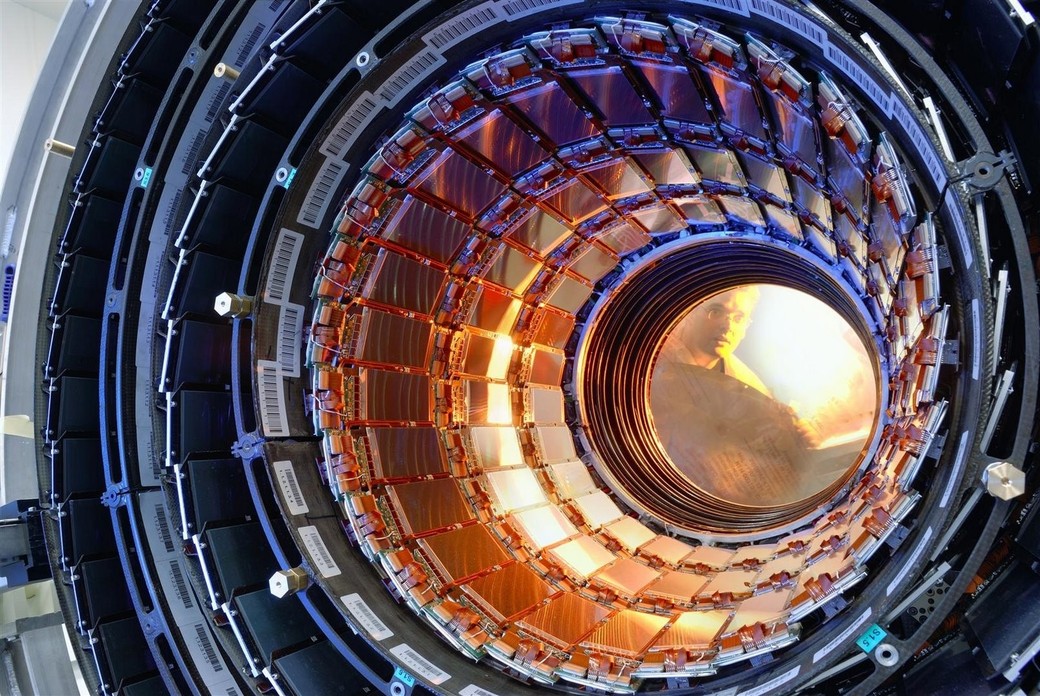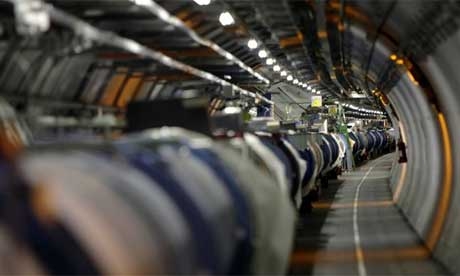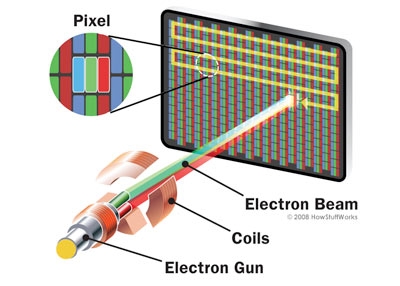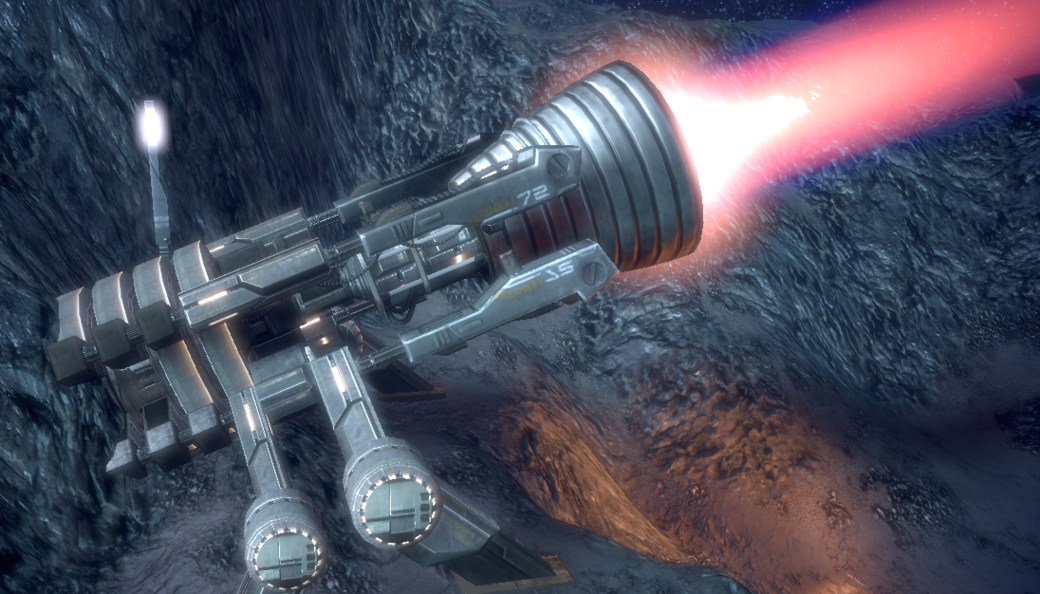
Putting the “Science” in “Science Fiction” – Particle Accelerators
Particle accelerators are a commonly used type of technology throughout science-fiction, though they are often called by different names. The uses of particle accelerators are also widely varied in sci-fi but, whether referred to as particle accelerators, particle beams or atom smashers, all of these devices work using the same basic principles.
A particle accelerator uses electromagnets and the fields they generate to confine subatomic particles, such as protons or electrons, into a narrow beam inside a long track that has had all air and other particles removed. Another series of magnetic fields and microwaves are then activated in order to pull the particles down the track. Once the particles pass by this array, the polarity reverses, pushing the particles further along. A series of these arrays, activating in sequence, continues to accelerate the particles. What happens next depends on the type of accelerator that is being used. In a linear accelerator, the particles continue down a straight path until they reach the end of the track, where they collide with an object.
In a circular accelerator, the magnetic fields keep the particles traveling around a circular track, gaining speed with each revolution until they reach their maximum possible speed. With enough time and energy, circular accelerators are capable of accelerating particles to nearly the speed of light. In order to create multiple accelerated beams, a particle beam can also be diverted into a smaller accelerator, where it is kept at the needed velocity until it can be used. Once these particles have reached the desired limit, they are usually smashed into other particles that are traveling at a similar speed in the other direction. These collisions are then observed by scientists.

In sci-fi, particle accelerators are generally used to create devastating weapons called particle beams. These weapons accelerate masses of subatomic particles at enormous velocity, enabling them to utterly destroy anything in their path. Or particle accelerators are used for propulsion in a manner similar to an ion engine, where the particles are ejected behind a spacecraft to push it forward. In reality, the uses of particle accelerators are very different. The largest and most famous particle accelerators include the Large Hadron Collider and Tevatron. These enormous devices extend for kilometers, and must be heavily shielded, since they can give off large amounts of radiation. Scientists use these gigantic structures to explore the fundamental building blocks of the universe. By smashing subatomic particles together and observing the material and radiation that is emitted, scientists can learn about what subatomic particles are made up of. Although they deal with the smallest units of matter, the results created with particle accelerators possess profound implications for our understanding of how the universe works.

Although gigantic research accelerators are the most well known, there are actually many smaller and more common accelerators. Older cathode ray televisions use a small particle accelerator, which fires electrons into the screen to create pixels. Another common use of particle accelerators is to generate the x-ray radiation used in common x-ray machines and some medical treatments. Small particle accelerators are also used in other research applications, as well as some manufacturing sectors.
Modern kilometer-long particle accelerators are a far cry from the portable versions shown in science-fiction, but research is already underway to improve their efficiency. Current experiments into using lasers, electron beams or plasma to accelerate the particle beam have already been very promising. If these tests pan out in the way that scientists hope, it will be possible to make much smaller accelerators with all the power of the modern colossal ones, while increasing the large accelerator’s power to currently unheard-of levels.








